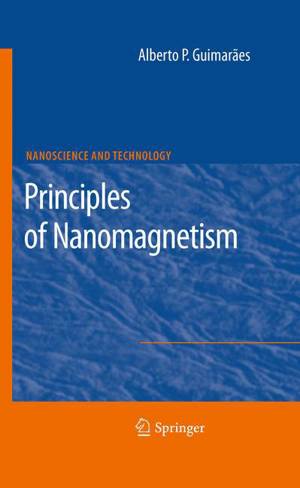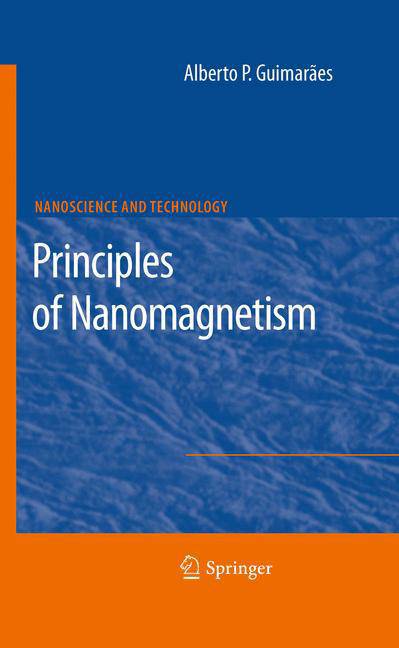
- Afhalen na 1 uur in een winkel met voorraad
- Gratis thuislevering in België vanaf € 30
- Ruim aanbod met 7 miljoen producten
- Afhalen na 1 uur in een winkel met voorraad
- Gratis thuislevering in België vanaf € 30
- Ruim aanbod met 7 miljoen producten
Zoeken
€ 171,95
+ 343 punten
Omschrijving
The ?eld of Nanomagnetism is a young branch of the study of magnetic phenomena, phenomena that have been a source of amazement and stimulus for speculation for more than 3,000 years [1]. Nanomagnetism, despite being a young area, has already affected every sphere of human activity, through its fundamental contribution to make the computer an ubiquitous instrument for communication, control of industrial processes, medical diagnosis, scienti?c investigation, or leisure. The studies of particulate and thin ?lm magnetic media and other related questions led to improvements that have mul- plied, in ?ve decades, the amount of data that can be encoded into a unitary area by some 50 million times. The 2007 Nobel Prize in Physics, awarded to Albert Fert and Peter Grünberg, is an important recognition of the extraordinary achievements of the research in Na- magnetism. The unfolding revolution brought about by Spintronics is intimately c- nected, and enhances the relevance of these developments. Nanomagnetism already encompasses a very wide range of remarkable pr- erties and phenomena, as illustrated in the case of thin ?lms, for example, by the volumes of the series on Ultrathin Magnetic Structures [2].
Specificaties
Betrokkenen
- Auteur(s):
- Uitgeverij:
Inhoud
- Aantal bladzijden:
- 224
- Taal:
- Engels
- Reeks:
Eigenschappen
- Productcode (EAN):
- 9783642014819
- Verschijningsdatum:
- 28/10/2009
- Uitvoering:
- Hardcover
- Afmetingen:
- 155 mm x 235 mm
- Gewicht:
- 582 g

Alleen bij Standaard Boekhandel
+ 343 punten op je klantenkaart van Standaard Boekhandel
Beoordelingen
We publiceren alleen reviews die voldoen aan de voorwaarden voor reviews. Bekijk onze voorwaarden voor reviews.











